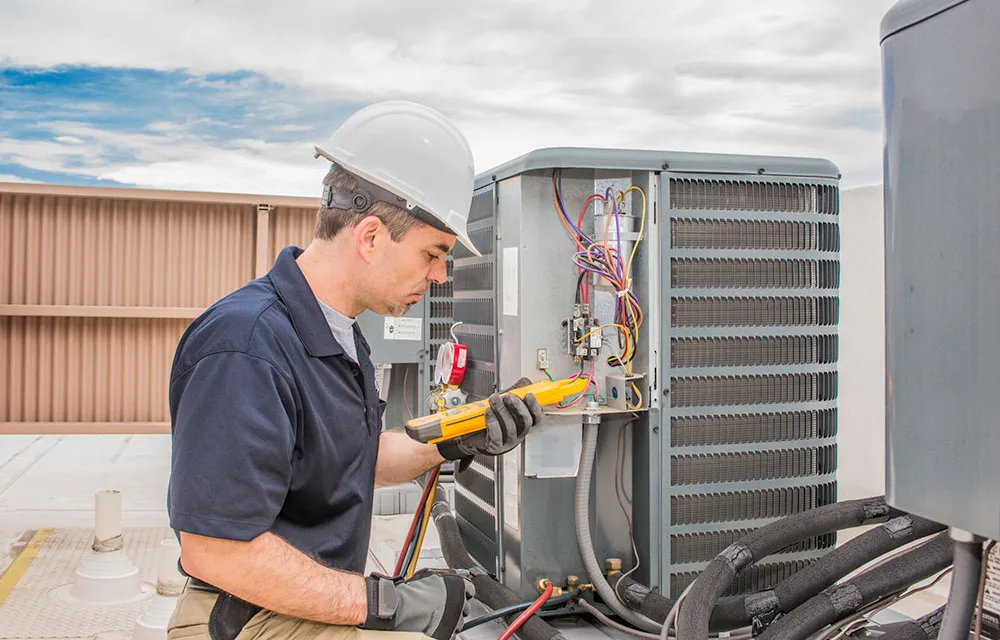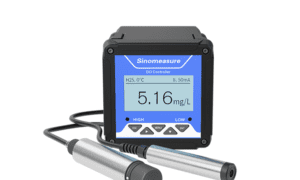In today’s energy-conscious and comfort-driven environment, the performance of HVAC (Heating, Ventilation, and Air Conditioning) systems plays a pivotal role in the operational success of public buildings.
From churches and schools to community centers and libraries, ensuring optimal HVAC performance not only enhances occupant comfort but also reduces energy waste and operational costs.
Understanding the Impact of HVAC Performance
HVAC systems significantly influence both the operational efficiency and occupant comfort in public facilities. Facility managers must treat HVAC performance as a continuous process involving regular oversight and improvements with the help of professionals like HVAC Company in Salem OR.
- HVAC systems account for nearly 40% of energy consumption in commercial buildings.
- Poor performance can lead to inconsistent indoor climates, poor air quality, and operational disruptions.
- Performance should be maintained through regular monitoring, maintenance, and timely upgrades.
Key Indicators of HVAC Performance
Monitoring HVAC performance helps facility managers anticipate problems and maintain optimal functioning. These indicators guide efficient, safe, and comfortable building operations.
Energy Efficiency
Tracking energy use provides insight into system health and efficiency. Facility managers should look for unusual spikes in utility bills and analyze energy patterns using benchmarking tools to assess long-term performance.
System Responsiveness
A well-functioning HVAC system should respond quickly to control changes. Delays or sluggish performance may point to mechanical or programming issues that need attention.
Indoor Air Quality (IAQ)
IAQ directly impacts occupant health and comfort. Elevated levels of CO2, excessive humidity, or high concentrations of airborne particles often suggest ventilation problems or outdated filters.
Comfort Complaints
A rise in occupant complaints about inconsistent temperatures or draftiness usually indicates poor system balance or underperformance. Documenting feedback helps identify trends and needed adjustments.
Equipment Runtime and Cycling Patterns
Frequent short cycling or excessively long runtimes can reduce equipment lifespan. Analyzing runtime data ensures the system operates within design parameters.
Maintenance Frequency
An increase in emergency repairs or maintenance calls is a red flag. It often suggests deeper inefficiencies or components approaching failure.
Temperature and Humidity Fluctuations
Monitoring fluctuations across building zones can uncover hidden issues in ductwork, zoning configurations, or control systems. Consistency is key for performance.
Filter and Coil Condition
Dirty or clogged filters and coils restrict airflow and strain the system. Regular checks help prevent airflow blockages and maintain efficiency.
Performance Optimization Strategies
Improving HVAC performance does not always require a full system replacement. Practical, cost-effective strategies can extend system life and boost operational efficiency.
Regular Preventive Maintenance
Routine inspections and servicing of filters, belts, coils, and ductwork are crucial. A clean and well-maintained system runs more efficiently and avoids unnecessary wear.
Upgrade to Smart Thermostats
Smart thermostats provide programmable and adaptive controls for optimal temperature settings. They enhance energy efficiency and allow remote system management.
Zoning Systems
Dividing a building into multiple zones enables tailored heating and cooling. This approach improves occupant comfort while optimizing energy usage.
System Balancing
Balancing dampers and fans ensures even airflow distribution across all building areas. Proper balancing prevents hot and cold spots and enhances efficiency.
Duct Sealing and Insulation
Leaky or poorly insulated ducts can result in significant energy losses. Sealing and insulating ducts maintain consistent airflow and reduce heating and cooling loads.
Install Variable Speed Equipment
Variable speed blowers and compressors adjust to real-time demands. This flexibility improves comfort and reduces energy use compared to single-speed systems.
Optimize Control Settings
Ensuring controls are properly configured prevents energy waste. Occupancy schedules, setback settings, and demand limits can all be fine-tuned for better performance.
Investing in Technology and Innovation
The integration of smart technologies and IoT (Internet of Things) into HVAC systems allows for real-time monitoring and predictive maintenance. AI-powered systems can analyze patterns in usage and environmental conditions to make automatic adjustments, preventing failures before they occur.
Organizations like HVAC Ministries emphasize the importance of using these innovations in environments that often operate on tight budgets. By leveraging data-driven tools, facilities can improve system longevity and reduce costs.
HVAC Performance Audits: A Roadmap to Efficiency
A comprehensive HVAC performance audit is a critical tool for identifying inefficiencies and setting priorities. It involves:
- Evaluating current system condition and age
- Reviewing historical energy use and costs
- Inspecting airflow, insulation, and ventilation
- Identifying potential for retrofits or upgrades
These audits serve as blueprints for phased improvements, particularly helpful for non-profits or ministries looking to balance cost with long-term value.
Benefits Beyond the Bottom Line
While cost savings are a major incentive, optimizing HVAC performance yields broader benefits:
- Health and Safety: Enhanced IAQ reduces the spread of airborne illnesses, a priority for high-traffic buildings.
- Environmental Responsibility: Lower energy use means a smaller carbon footprint, aligning with environmental stewardship values.
- Operational Continuity: Fewer system failures mean uninterrupted services for staff, students, congregants, and guests.
Conclusion
In the evolving landscape of public facilities management, HVAC performance stands out as a key driver of efficiency, comfort, and sustainability. With proactive strategies, smart technology, and the support of mission-driven partners like HVAC Ministries, facility managers can transform aging systems into high-performing assets that serve both people and purpose.



































